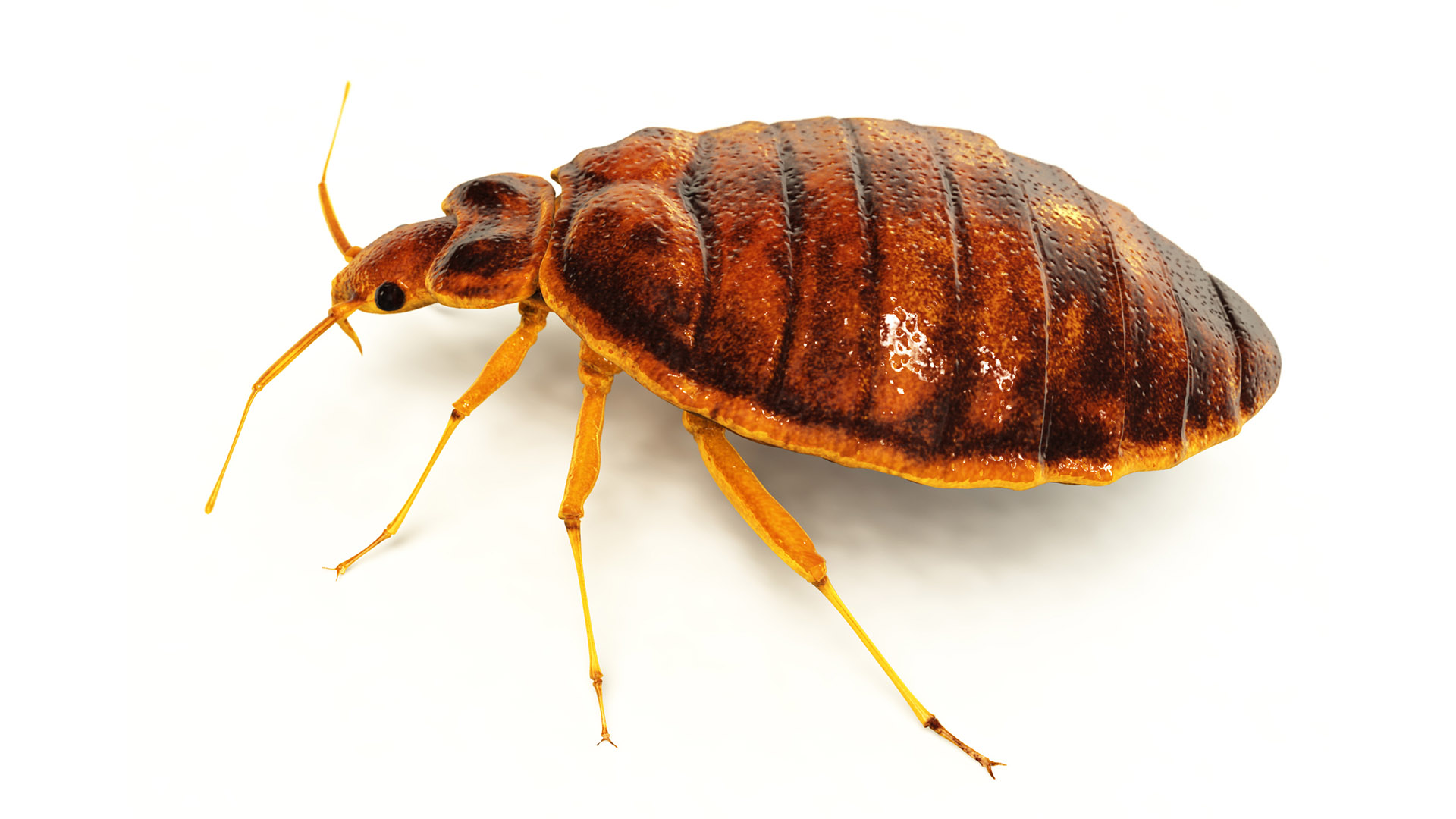Bedbugs plagued Britain 1,900 years ago, Roman fort near Hadrian's Wall reveals
The earliest known evidence of bedbugs in Britain was found at a first-century fort near Hadrian's Wall.

Bedbugs have been plaguing the British for at least 1,900 years, new research reveals. Archaeologists discovered the earliest evidence of the bloodsucking parasites in the U.K. at Vindolanda, a Roman auxiliary fort just south of Hadrian's Wall in England.
Katie Wyse Jackson, a graduate student of archaeology at University College Dublin, made the discovery while investigating ancient insect remains at the fort, according to The Guardian. She found two thoraxes, the insects' midsections, at the lowest layers of Vindolanda, which was initially built in the late first century and was remodeled over the years.
The finding supports the idea that the Romans brought bedbugs (Cimex lectularius) to Britain after they invaded the isle in A.D. 43. Despite the empire's penchant for frequent bathing, evidence of bedbugs has been found at other sites in England — including a Roman settlement in Warwickshire dating to the middle to late second century — and ancient Roman sites throughout Europe. In fact, a 2016 study in the journal Parasitology found just as many bedbugs at Roman archaeological sites as in Viking and medieval ones. Considering the Romans bathed much more frequently, the finding highlights how hard it was to eliminate these pests.
"The Romans do have that reputation as being extremely clean and so it's interesting to find all of these insects that are contrary to that," Wyse Jackson told The Guardian.
Related: Smooth wooden phallus found at a Roman fort was likely a sex toy
To look for the insects, Wyse Jackson went to Vindolanda in August 2023 and excavated several soil samples from excavation layers dating from A.D. 100 to 105. "Insects are preserved extremely well in waterlogged material," she wrote in a blog post for Vindolanda Charitable Trust. Wyse Jackson used paraffin wax, which easily sticks to insect remains in dirt, and then added water to the mix. "When the water is added, insects are more likely to float to the surface, allowing for the collection of as many insects as possible," she explained.
It's unknown how bedbugs traveled to Britain with the Romans, but one idea is that the pests hitchhiked on straw mattresses. "It's very likely they came with whatever the Romans were bringing over," Wyse Jackson told The Guardian. "The Romans were bringing over clothes, straw, grain in great quantities as they were setting up their camps," providing ample opportunity for bedbugs to join them, Wyse Jackson added.
Sign up for the Live Science daily newsletter now
Get the world’s most fascinating discoveries delivered straight to your inbox.
Of course, the Romans were hardly the first to deal with bedbugs. These nocturnal, wingless insects arose around 115 million years ago during the dinosaur age, according to a 2019 study in the journal Current Biology. It's unclear what their first host was, but it was likely an animal that had a "home" where the bedbugs could hang out, like a pterosaur that laid its eggs in a nest.
You can read more about the discovery in The Guardian.

Laura is the archaeology and Life's Little Mysteries editor at Live Science. She also reports on general science, including paleontology. Her work has appeared in The New York Times, Scholastic, Popular Science and Spectrum, a site on autism research. She has won multiple awards from the Society of Professional Journalists and the Washington Newspaper Publishers Association for her reporting at a weekly newspaper near Seattle. Laura holds a bachelor's degree in English literature and psychology from Washington University in St. Louis and a master's degree in science writing from NYU.









